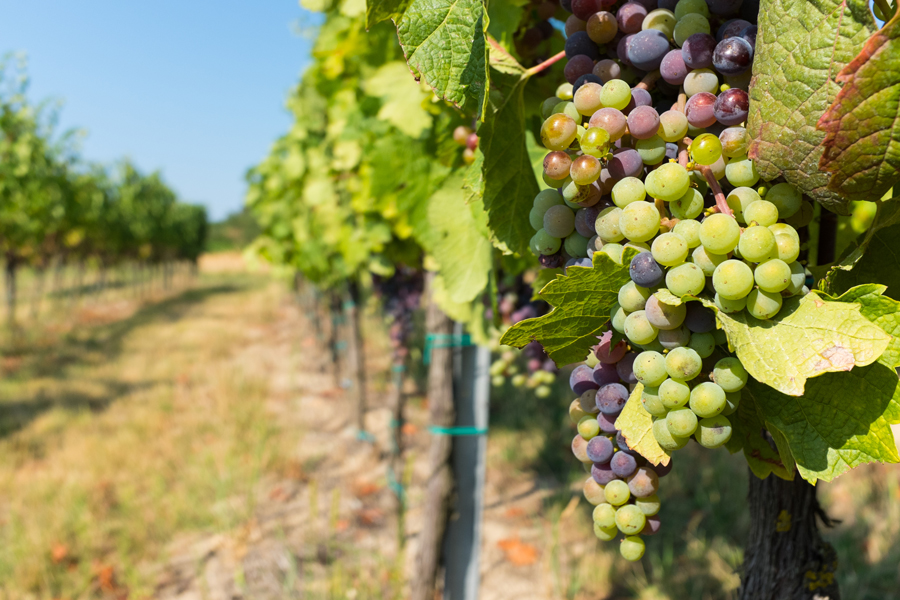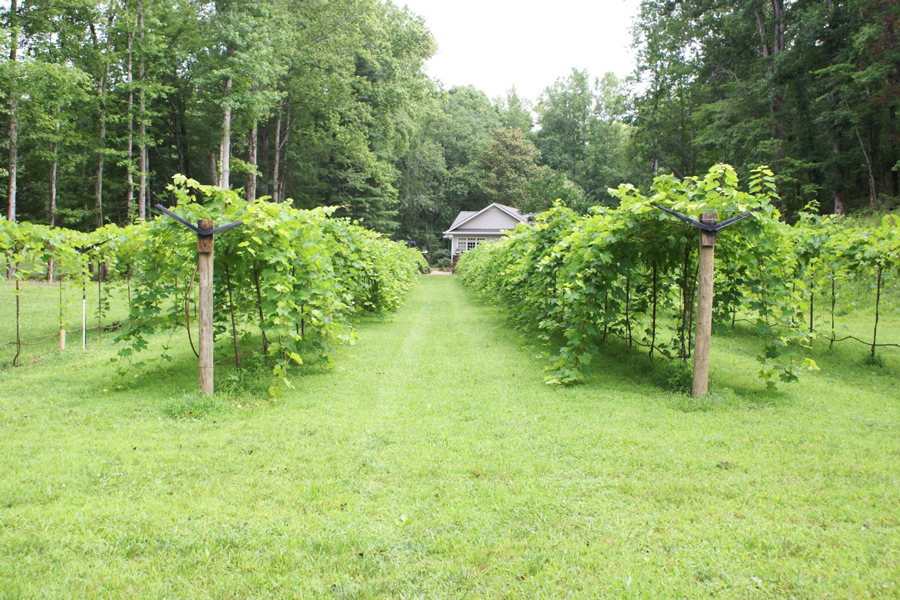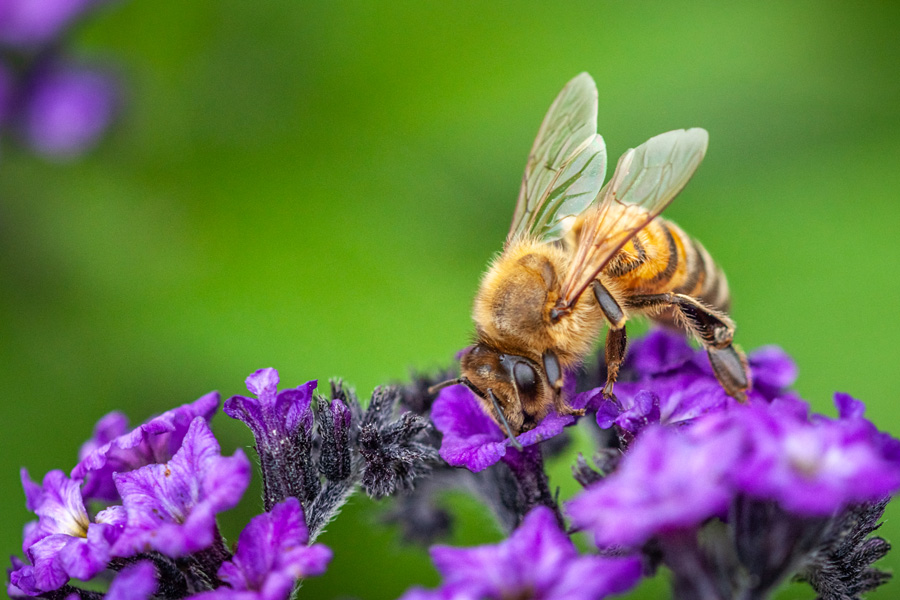-
 Many people help with tree cleanup after storms pass through. Some are citizen volunteers, and others are private and public sector workers who may or may not have experience with chainsaws. This presentation covers the information every chainsaw operator needs to know before turning on the saw. Topics include personal…
Many people help with tree cleanup after storms pass through. Some are citizen volunteers, and others are private and public sector workers who may or may not have experience with chainsaws. This presentation covers the information every chainsaw operator needs to know before turning on the saw. Topics include personal…|
-
 There are many ways to manage grapevine growth, and many grape-growing regions implement unique and preferred training methods. Vine growth management is achieved by applying a trellising system, which is a framework of metal cross arms, wires, and support posts that are used to direct grapevine vegetation to maximize fruit…
There are many ways to manage grapevine growth, and many grape-growing regions implement unique and preferred training methods. Vine growth management is achieved by applying a trellising system, which is a framework of metal cross arms, wires, and support posts that are used to direct grapevine vegetation to maximize fruit…|
-
 There are two main trellising system categories: divided and single canopy. Jerry Watson, a grape grower and owner of Austin County Vineyards in Cat Spring, Texas, developed the divided canopy “Watson System” in 2002 to solve some issues he was having with bunch rot management and harvest inefficiency in his…
There are two main trellising system categories: divided and single canopy. Jerry Watson, a grape grower and owner of Austin County Vineyards in Cat Spring, Texas, developed the divided canopy “Watson System” in 2002 to solve some issues he was having with bunch rot management and harvest inefficiency in his…|
-

New ornamentals have long been considered the lifeblood of the green industry. This publication contains recommendations for best-performing new annuals based on research conducted at the Trial Gardens at the University of Georgia, showcasing the plants that were awarded Classic City Awards in 2019.
|
-
 Many third-party audits, buyers, and standard operating procedures for produce packinghouses or other food facilities require regular adenosine triphosphate (ATP) or protein swabs to verify the effectiveness of the cleaning and sanitation protocols. This video demonstrates how to collect ATP and protein swabs, how to interpret swab results, and provides…
Many third-party audits, buyers, and standard operating procedures for produce packinghouses or other food facilities require regular adenosine triphosphate (ATP) or protein swabs to verify the effectiveness of the cleaning and sanitation protocols. This video demonstrates how to collect ATP and protein swabs, how to interpret swab results, and provides…|
-
 Mosquitoes can transmit a wide variety of pathogens and significantly reduce our quality of life with their aggressive biting behavior. Pollinators, and honey bees in particular, are a critical part of our natural environment, contributing significantly to food production and ecological diversity. Unfortunately, these two groups of insects often have…
Mosquitoes can transmit a wide variety of pathogens and significantly reduce our quality of life with their aggressive biting behavior. Pollinators, and honey bees in particular, are a critical part of our natural environment, contributing significantly to food production and ecological diversity. Unfortunately, these two groups of insects often have…|
-
 Grazon® P+D (picloram + 2,4-D) injury, diagnosed as leaf roll, is occasionally observed in Georgia peanut fields due to the presence of contaminated soil, forage, animal waste (manure/urine), and/or irrigation water. Since peanut plants are very tolerant of low levels of 2,4-D, the primary cause of these leaf roll symptoms…
Grazon® P+D (picloram + 2,4-D) injury, diagnosed as leaf roll, is occasionally observed in Georgia peanut fields due to the presence of contaminated soil, forage, animal waste (manure/urine), and/or irrigation water. Since peanut plants are very tolerant of low levels of 2,4-D, the primary cause of these leaf roll symptoms…|
-
 Whiteflies are common and recurrent insect pests of cotton in Georgia. The severity of whitefly damage varies from year to year based on the size of the pest population. The most abundant species of whitefly found infesting cotton in Georgia is Bemisia tabaci, commonly known as the silverleaf whitefly (SLWF)…
Whiteflies are common and recurrent insect pests of cotton in Georgia. The severity of whitefly damage varies from year to year based on the size of the pest population. The most abundant species of whitefly found infesting cotton in Georgia is Bemisia tabaci, commonly known as the silverleaf whitefly (SLWF)…|